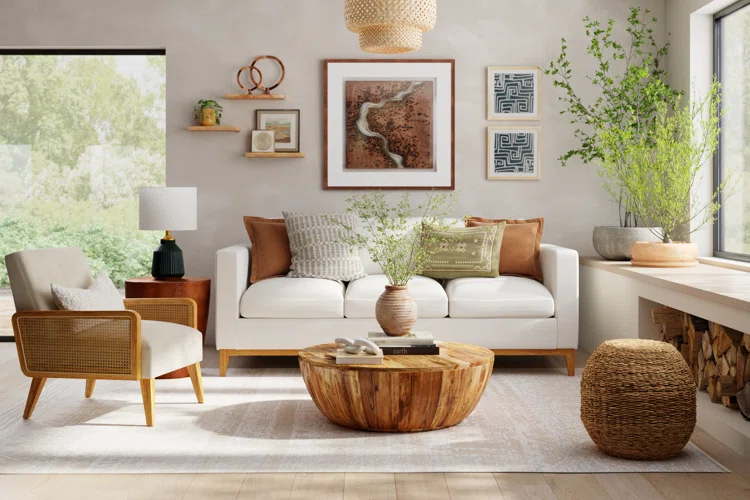Walking into a beautifully designed room feels effortless—every piece seems to belong, colors harmonize naturally, and the overall aesthetic flows seamlessly from one element to the next. Achieving this cohesive look, however, requires more than simply purchasing individual furniture pieces you like. The secret often lies in selecting coordinated furniture collections that work together by design. Whether you’re furnishing your first home, refreshing a tired space, or embarking on a complete renovation, understanding how to leverage furniture ranges can transform the daunting task of interior design into an enjoyable, streamlined process that delivers professional-looking results without the professional price tag or years of design experience.
Understanding the Benefits of Coordinated Collections
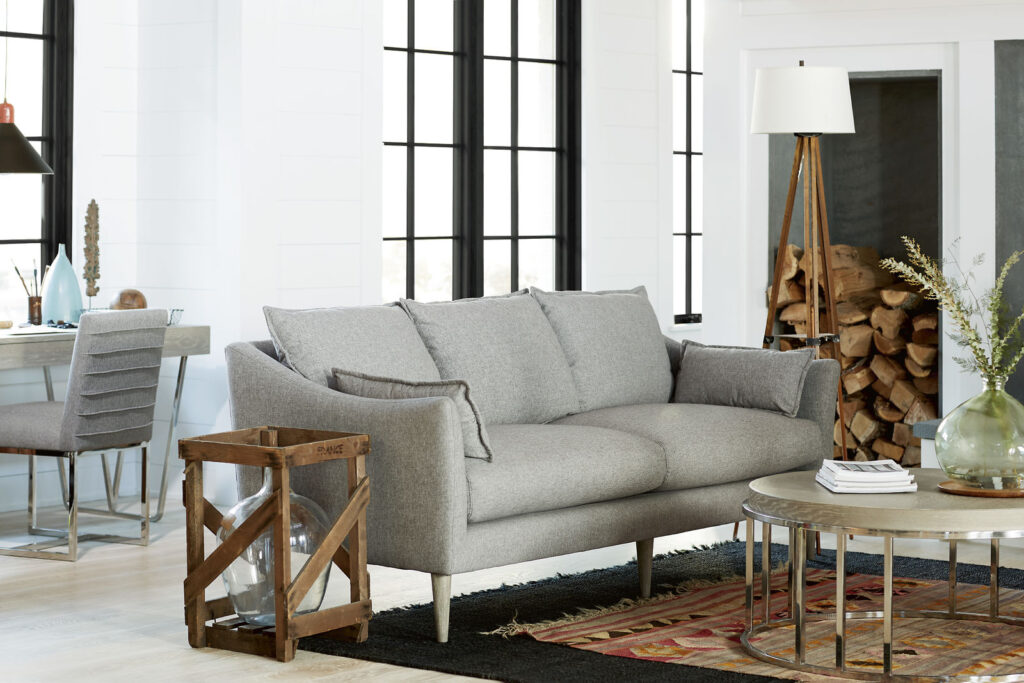
Design Harmony Made Simple
Furniture ranges are carefully curated by professional designers who’ve already done the hard work of ensuring pieces complement each other. These collections typically share consistent design elements – matching wood finishes, coordinated hardware, complementary proportions, and unified aesthetic sensibilities. This cohesion eliminates the guesswork and reduces the risk of purchasing pieces that clash or feel disjointed when placed together.
For those without formal design training, coordinated collections provide a foolproof foundation. You can confidently select multiple pieces knowing they’ll work harmoniously, creating spaces that look intentionally designed rather than haphazardly assembled over time.
Time and Stress Reduction
Searching for individual furniture pieces that work together can consume countless hours browsing different retailers, comparing finishes, and second-guessing decisions. Coordinated ranges streamline this process significantly. Once you’ve identified a collection that matches your style preferences, you can select everything from bedroom suites to living room essentials in a single shopping experience, dramatically reducing decision fatigue.
Popular Furniture Range Styles
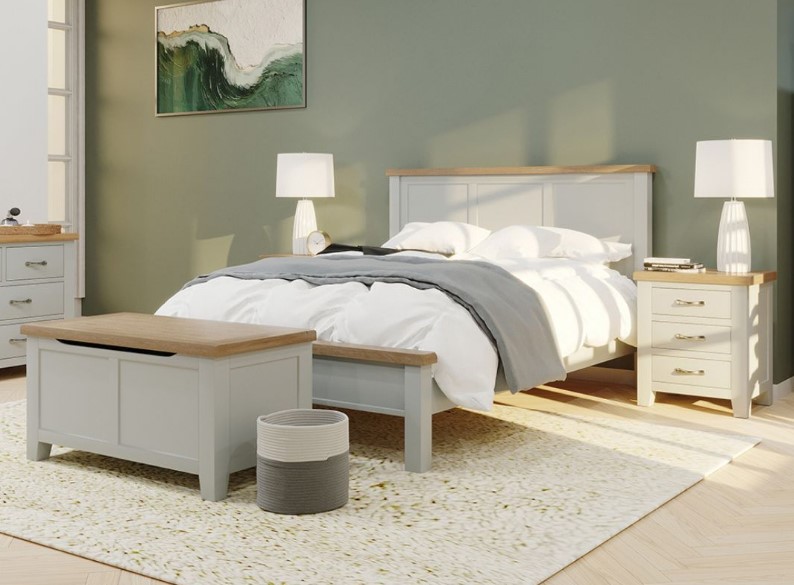
Contemporary and Modern Collections
Clean lines, minimalist profiles, and neutral color palettes define contemporary furniture ranges. These collections often feature sleek surfaces, metal accents, and geometric forms that create sophisticated, uncluttered spaces. Modern ranges work particularly well in urban apartments and new-build homes where architectural features already lean toward contemporary aesthetics.
Materials commonly found in modern collections include high-gloss finishes, tempered glass, polished chrome, and engineered woods in shades of white, grey, and black. These pieces create visual calm and pair beautifully with bold accent colors introduced through soft furnishings and artwork.
Traditional and Classic Designs
For those drawn to timeless elegance, traditional furniture ranges incorporate ornate detailing, rich wood tones, and classic silhouettes that have remained stylish for generations. These collections often feature solid oak, walnut, or mahogany construction with characteristics like turned legs, decorative moldings, and antique-inspired hardware.
Traditional ranges bring warmth and character to period properties but can equally add depth and sophistication to modern spaces seeking a more eclectic, layered feel. The substantial construction typical of these collections also promises longevity and durability.
Industrial and Rustic Collections
Industrial-inspired ranges combine raw materials like reclaimed wood and metal frameworks to create characterful, lived-in aesthetics. These collections often showcase natural imperfections, distressed finishes, and utilitarian design elements that celebrate functionality alongside form.
Rustic ranges appeal to those seeking authenticity and warmth in their interiors. The relaxed, unfussy nature of these collections makes them particularly suitable for family homes where durability and practicality matter as much as appearance.
Strategic Mixing Within and Beyond Ranges
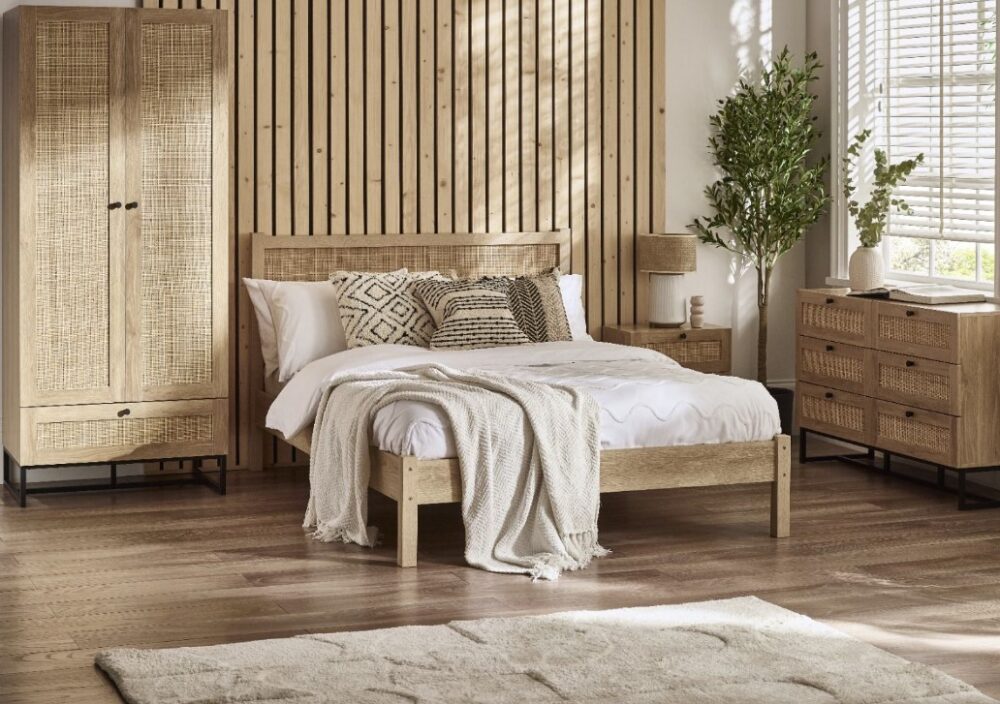
Building Your Core Collection
When working with Furniture Ranges, start by selecting the largest, most essential pieces first—beds, dining tables, sofas, and wardrobes. These anchor pieces establish the room’s visual direction and occupy the most space, making them your primary design investment.
Once anchor pieces are in place, add complementary items from the same range. Bedside tables, TV units, and display cabinets that match your core pieces create continuity. However, you needn’t purchase every item from a single collection. Understanding which elements to match and where to introduce variation is key to creating interest without sacrificing cohesion.
Introducing Complementary Pieces
Even when working within a coordinated range, introducing selective pieces from outside the collection prevents spaces from feeling too matchy or showroom-like. Accent chairs in contrasting fabrics, decorative storage solutions, or statement lighting fixtures add personality, whilst the coordinated range provides the stable foundation.
The key is ensuring any additional pieces either complement the range’s finish or deliberately contrast in a way that feels intentional. For example, pairing warm oak furniture with painted pieces in soft greys or blues creates lovely depth whilst maintaining harmony.
Room-by-Room Application
Bedroom Coordination
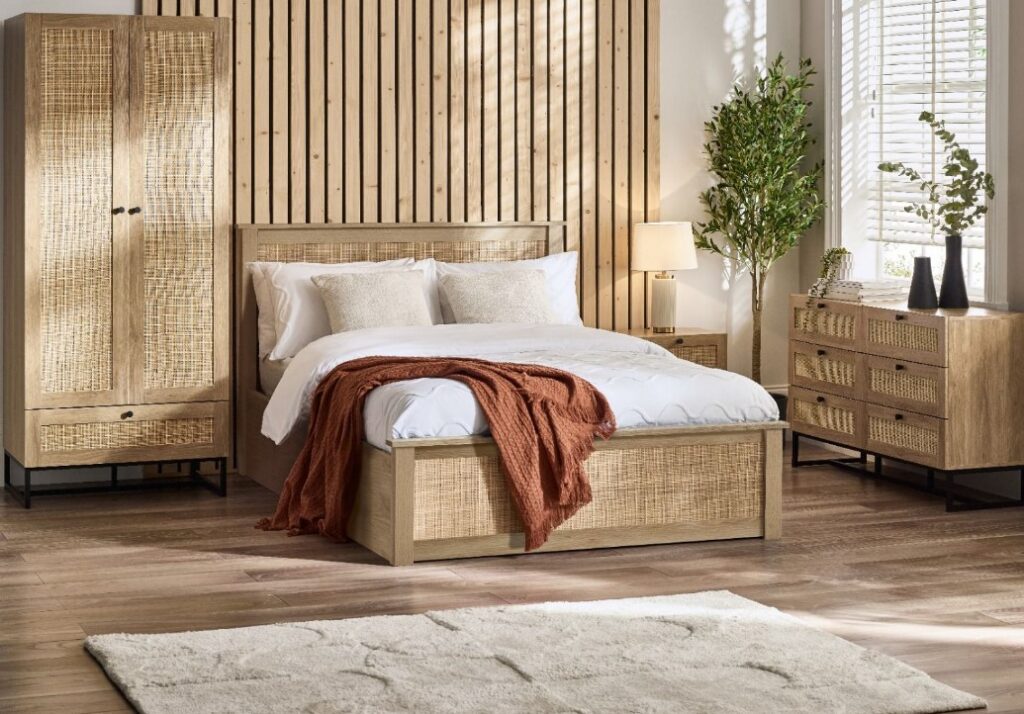
Bedroom furniture ranges typically include bed frames, wardrobes, chests of drawers, and bedside tables designed to create peaceful, unified retreats. Matching these pieces establishes instant sophistication and makes smaller bedrooms feel more spacious through visual continuity.
Consider whether you need all available pieces or just key items. A coordinated bed and wardrobe might be sufficient, with vintage or painted bedside tables adding character. Alternatively, complete bedroom sets offer excellent value and eliminate design decisions entirely.
Living and Dining Spaces
Living room ranges often feature TV units, coffee tables, side tables, and display cabinets that work together to create functional entertainment spaces. Matching wood tones and hardware across these pieces helps diverse furniture types feel like parts of a whole rather than random additions.
Dining furniture collections typically pair tables with matching chairs and complementary storage like sideboards or display cabinets. This coordination is particularly valuable in open-plan layouts where living and dining spaces flow together—maintaining consistent furniture styling throughout creates visual cohesion across the entire area.
Maximizing Value and Investment
Quality Considerations
Furniture ranges vary enormously in construction quality and price points. While budget-friendly collections make coordinated design accessible, investing in solid wood construction rather than veneered particleboard typically offers better longevity. Examine joinery methods, drawer construction, and hardware quality—dovetail joints and soft-close mechanisms indicate superior craftsmanship.
Remember that furniture ranges allow you to build your collection gradually. If budget constraints exist, prioritize quality in the pieces you’ll use most frequently, purchasing additional coordinating items as finances allow.
Long-Term Versatility
Consider how furniture will serve you beyond immediate needs. Collections with timeless designs and neutral finishes adapt more easily to evolving tastes and different properties. Overly trendy ranges might feel dated within a few years, whilst classic designs remain relevant through multiple décor updates achieved simply by changing soft furnishings and accessories.
FAQ Section
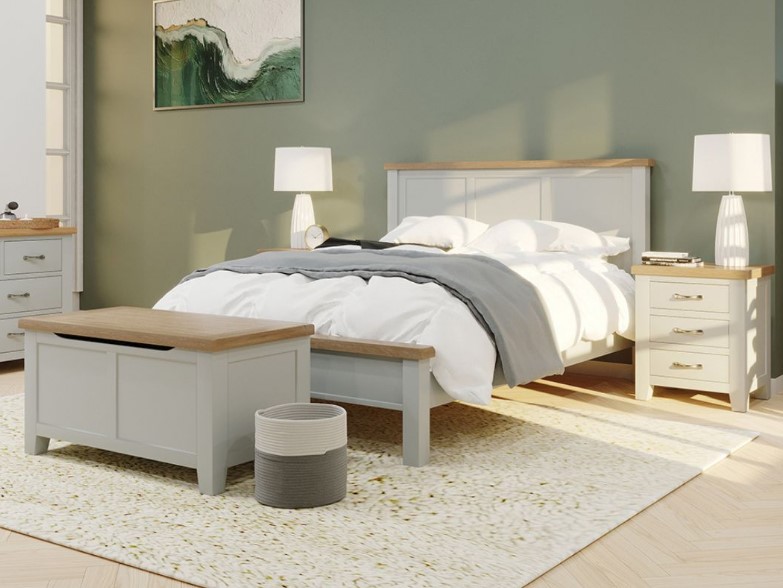
How do I choose between different furniture ranges when they all look appealing?
Consider your lifestyle needs first, then aesthetics. Do you need durable surfaces for young children or pets? Is ample storage essential? Measure your spaces carefully and assess which range offers appropriate sizing. Visit showrooms to examine quality firsthand, checking drawer mechanisms and finish quality. Finally, consider longevity—choose styles you’ll love for years rather than following fleeting trends.
Can I mix pieces from different ranges in the same room?
Absolutely, though success depends on finding common ground. Mixing ranges with similar wood tones or complementary styles works well. For example, pairing modern pieces with industrial metal-and-wood furniture can create an interesting contrast. The key is ensuring that at least one unifying element—finish, scale, or style—connects the different ranges.
Are furniture ranges more expensive than buying individual pieces?
Not necessarily. Many retailers offer better value when purchasing multiple pieces from a single range, sometimes providing collection discounts. Additionally, you save time and potential costly mistakes from purchasing ill-matched individual pieces that need replacing. However, shop around—some individual pieces from different retailers might cost less overall if you’re confident in your ability to coordinate finishes and styles.
How much of a room should come from one furniture range?
There’s no fixed rule, but generally, 60-70% creates cohesion whilst leaving room for personality through accent pieces. In bedrooms, this might mean matching all case goods (bed, wardrobes, drawers) whilst varying bedside tables or seating. In living rooms, perhaps match storage pieces whilst introducing a distinctive coffee table or contrasting chairs.
What if I can’t find everything I need within one furniture range?
Most ranges focus on core pieces rather than attempting to furnish entire rooms comprehensively. This intentional incompleteness encourages personal expression. Choose coordinating pieces for your main furniture needs, then embrace the creative challenge of finding complementary accent pieces that add character whilst respecting the foundation you’ve established.
Conclusion
Creating beautifully coordinated interiors need not require professional design expertise or exhaustive searching through countless furniture options. Furniture ranges offer a practical, accessible solution that delivers cohesive, professionally-styled results whilst allowing room for personal expression through selective accent pieces and accessories. By understanding the benefits of coordinated collections, identifying styles that resonate with your aesthetic preferences, and strategically building your furniture collection around quality anchor pieces, you can transform any space into a harmonious, welcoming environment.
Whether you embrace a complete collection or selectively incorporate a range of pieces alongside individual finds, the foundation of coordinated design helps ensure your home reflects both style and substance – creating spaces you’ll love living in for years to come.

